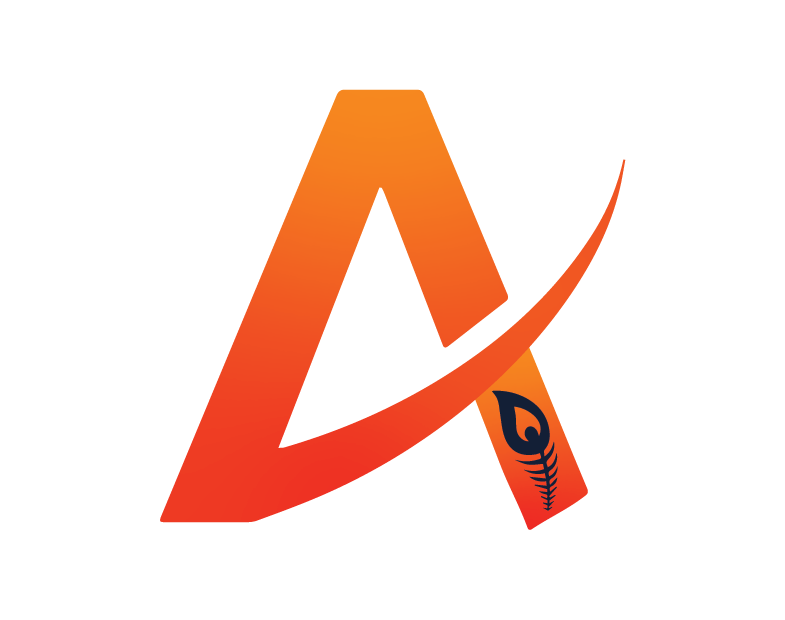In today’s digital age, marketing plays a crucial role in driving success. With so many different strategies available, it can be overwhelming to choose the right approach for your business. Two popular methods that often come up in discussions are organic marketing and paid marketing. But which one is best for your specific goals? In this blog post, we’ll dive into the world of organic vs paid marketing to help you make an informed decision. So grab a cup of coffee and let’s explore these two powerful strategies together!
What is Organic Marketing?
Organic marketing, also known as inbound or content marketing, refers to the practice of attracting and engaging an audience naturally through valuable and relevant content. Unlike paid marketing, organic efforts focus on building a strong online presence without directly paying for visibility.
One of the key aspects of organic marketing is search engine optimization (SEO). By optimizing your website’s content and structure, you can improve its visibility in search engine results pages (SERPs) organically. This means that when users search for keywords related to your business, your website has a higher chance of appearing at the top.
Another crucial element of organic marketing is creating high-quality and informative content. This could include blog posts, articles, videos, podcasts, or social media updates that resonate with your target audience. By offering value through educational or entertaining material, you can establish yourself as an authority in your industry and build trust with potential customers.
In addition to SEO and content creation, organic marketing also involves leveraging social media platforms to engage with your audience authentically. By consistently posting relevant content and actively participating in conversations within your niche community, you can drive traffic back to your website while fostering meaningful connections with potential customers.
Overall, organic marketing takes time and effort but yields long-term benefits.
It allows businesses to build a solid foundation based on credibility, authority, and genuine relationships.
By investing in organic strategies such as SEO, content creation, and social media engagement, you are laying the groundwork for sustainable growth while establishing yourself as a trusted brand within your industry
What is Paid Marketing?
Paid marketing, also known as online advertising or pay-per-click (PPC) advertising, is a strategy where businesses pay to promote their products or services on various digital platforms. This form of marketing allows companies to reach a wider audience and increase brand visibility by placing targeted ads in front of potential customers.
One of the most popular types of paid marketing is search engine advertising, such as Google Ads. With this method, businesses bid on specific keywords that are relevant to their offerings. When users search for those keywords, the ads appear at the top or bottom of search engine results pages.
Social media advertising is another effective form of paid marketing. Platforms like Facebook, Instagram, and Twitter offer robust targeting options based on demographics, interests, and behaviors. This enables businesses to deliver personalized ads to their target audience.
Paid marketing can provide instant results and measurable outcomes since advertisers only pay when someone clicks on their ad or takes a desired action. It offers greater control over who sees your ads and allows for precise budget allocation.
However, it’s essential to carefully manage your campaigns and monitor your return on investment (ROI). Paid marketing can be costly if not optimized properly; you could end up spending more without seeing significant returns.
Paid marketing is an effective way for businesses to quickly reach their target audience through strategic ad placements across various digital channels. By investing in paid advertising campaigns with clear objectives and monitoring performance closely, companies can maximize their online presence and drive meaningful results.
Which Strategy is Right for Your Business?
When it comes to deciding between organic and paid marketing, there is no one-size-fits-all answer. The right strategy for your business depends on various factors such as your goals, budget, target audience, and industry.
Organic marketing focuses on building a strong online presence through content creation, search engine optimization (SEO), social media engagement, and word-of-mouth referrals. It takes time to see results with organic marketing but can be cost-effective in the long run. This approach requires consistent effort and patience to nurture relationships with your audience.
On the other hand, paid marketing allows you to reach a wider audience quickly by investing in advertising campaigns. With paid strategies like pay-per-click (PPC) ads or sponsored posts on social media platforms, you can generate immediate traffic and leads. However, it’s important to have a well-defined budget and monitor the performance of your campaigns closely to ensure they are delivering a positive return on investment (ROI).
To determine which strategy is right for your business:
1. Define your goals: Consider what you want to achieve with your marketing efforts – whether it’s increasing brand awareness, driving website traffic, generating leads or sales.
2. Understand your target audience: Research their preferences, behavior patterns, and online habits. This will help you identify where they spend their time online – whether it’s search engines or social media platforms.
3. Evaluate your budget: Determine how much you are willing to invest in marketing activities. Consider both short-term costs and long-term benefits when making this decision. Also, think about allocating funds based on the conversion rates associated with each channel.
4. Analyze competition: Study what strategies competitors within your industry are using. Are they more focused on organic tactics? Are they heavily investing in paid advertising? Learning from others’ experiences can provide insights into which methods may work best for you too!
In conclusion, picking between organic and paid marketing is a decision that requires careful consideration. Both strategies have their own merits and can be effective
How to Implement an Organic or Paid Marketing Strategy
Now that you understand the differences between organic and paid marketing, it’s time to decide which strategy is right for your business. Here are some steps to help you implement either approach effectively:
1. Set Clear Goals: Determine what you want to achieve with your marketing efforts. Are you looking to increase brand awareness, drive website traffic, generate leads, or boost sales? Having clear goals will guide your decision-making process.
2. Know Your Target Audience: Understand who your ideal customers are and where they spend their time online. This knowledge will inform which channels and tactics will be most effective in reaching them.
3. Research Keywords: Conduct keyword research to identify relevant search terms that align with your products or services. This will help optimize both organic and paid campaigns by targeting keywords with high search volume and low competition.
4. Develop Compelling Content: Whether it’s blog posts, videos, social media updates, or ads, create content that resonates with your target audience. Focus on providing value and solving their problems rather than solely promoting your business.
5. Optimize for Search Engines (SEO): For organic marketing efforts, optimize your website using SEO best practices such as incorporating targeted keywords into page titles, meta descriptions, headers, and throughout the content itself.
6. Create Engaging Ads: If you choose a paid marketing strategy like Google Ads or social media advertising platforms like Facebook Ads or LinkedIn Ads., craft compelling ad copy that captures attention quickly while conveying the benefits of what you offer.
7. A/B Test Campaigns: Continuously test different variations of headlines, visuals, call-to-actions, etc within both organic & paid campaigns so as make necessary adjustments based on data-driven insights.
8. Track Results & Refine: Monitor the performance of both organic and paid campaigns regularly using analytics tools such as Google Analytics. Analyze key metrics like click-through rates (CTR), conversion rates, and return on ad spend (ROAS) to identify areas for improvement and refine your goals to achieve success in the digital era.


